The ten-year restoration revives the Ancient Shiquan Street
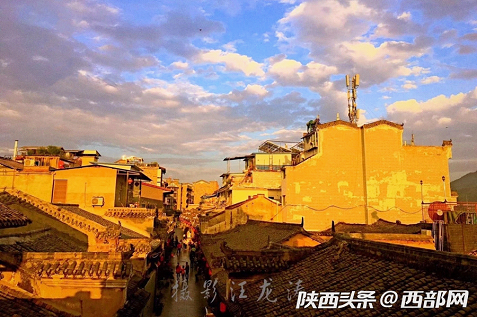
The ancient city of Shiquan near the Han River, formerly known as the Ancient Street, has been here for a long time.
The 10-year restoration was planned from a high perspective. It was carried out in accordance with the concepts of inheriting the history and promoting the integration of business, ecology, morphology, and culture, as well as meeting the requirements of protecting cultural relics, making replicas and repairing the original relics. Through meticulous construction, the ancient street now is attractive with marvelous appearance and rich inside.
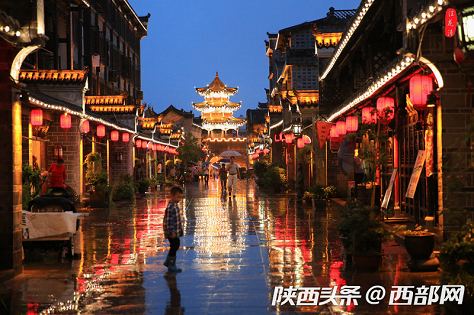
The Ancient Street in the county
The Ancient Street in the county is more than 1,000 meters long. It is standing there in simplicity and peace with black bricks, gray tiles, and the overhanging eaves and corners of the ancient buildings, which makes the residents all live comfortably in the street. In the evening, visitors are attracted to stop and enjoy the bright lights, the delicious foods, the parade of the county magistrate in ancient China, and the elegance of the women dressed in the clothes of the Han Dynasty.
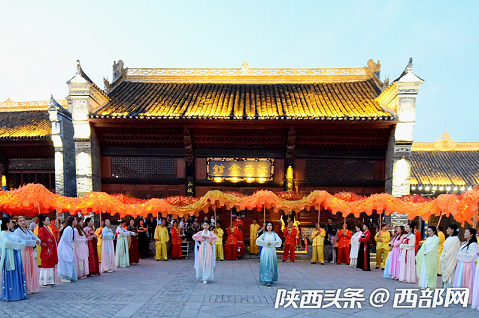
The Jiangxi Guild Hall
The Jiangxi Guild Hall (cultural relics under provincial protection) is decorated with curled-up brackets and tiles on the roofs. Various floral patterns are curved in the doors, windows, diagonal bracing, and the camel-hump shaped supports. On the front door of the Guild Hall, there is a gold foil plaque with four golden Chinese characters of “江西会馆” (Jiangxi Guild Hall). The couplets hung in the doorway that went through wind and rain over the years properly describes the calm and human-oriented mental state of the natives.

The King-Yu-Palace
As one of the key cultural relics under provincial protection, the King-Yu-Palace is located in the east gate of the Ancient Street. It consists of two halls including the front hall and the back hall connected with numerous pavilions. The statue of King Yu is enshrined and worshiped in the magnificent and richly ornamented front hall; the east and west gables in the back hall are symmetrically decorated with occidental high windows, with colored paintings of flowers and ribbons on the layered bricks. The simple, elegant and extraordinary style of the whole complex makes the palace very solemn and grand.

The East and West Ancient Gate
Shiquan County has four ancient gates in the east, west, north and south, and the two gate towers in the east and west are the most well-preserved. Over the east gateway, a three-story octagonal pagoda was built in a graceful style and exquisite architecture, with four big Chinese characters “远瞻金州” (Yuan Zhan Jin Zhou, which means from here, all of the landscapes of the county can be seen). Opposite to the east gate, the west gate is decorated with a board above, inscribed with four Chinese characters “秀挹西江” (Xiu Yi Xi Jiang, which describes the beautiful scene of the Hanjiang River) written by Li Zhaoyuan, the local magistrate during the reign of Emperor Qianlong (A.D. 1736-1796) in Qing Dynasty, depicting the beautiful scenery of the Hanjiang River in the west of the county. The two towers have witnessed the ups and downs in the past and the prosperity of the county.

The Yamen in Shiquan County
Standing in front of the richly ornamented Yamen, you can see a couplet engraved on each of the two pillars at the doorway, in which it says in the first line, fed by people and clothed by people, the official, as one of them, is in no position of oppressing the people; and in the second line, it says that take no credit when assuming the office, feel no shame when leaving the office and always keep in mind the critical role of an official for local development. Written by Gao Yiyong, the local magistrate of Neixiang County in Henan province during the reign of Kangxi (A.D.1661-1722) of the Qing dynasty, the couplet illustrates the dialectical relationship between the officials and the people, gain and loss, and honor and shame, warning all the officials to stay true to their heart to serve the people.
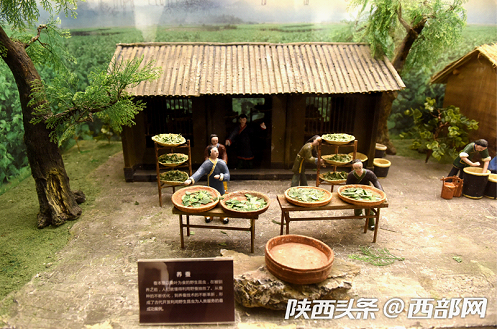
The Shiquan Museum
Located in the middle of the Ancient Street, the Shiquan Museum is divided into seven sections based on its collections, ranging from the remains that reflect the civilization of the ancient people to the records of the cultural and historical development and the days when people raised silkworms and grew mulberry trees. Also, the scene of the old days when Guiguzi taught his students, namely, Su Qin and Zhang Yi is displayed in the museum. People can find all of the data and materials including the relevant introduction of Shudao, which stretch from the north to the south of Shaanxi Province, the description of the migration during Ming and Qing dynasties, and the various legends in the glorious revolution period. In a word, it has given a full picture about the development of Shiquan County from ancient to modern times.

The Binjiang Park
The Binjiang Park, located near the Hanjiang River, boasts green trees and grass all year round. Standing by the river, people can enjoy the gorgeous views of the Hanjiang River, or take a walk on the gallery road to feel the riverside breeze. The Binjiang avenue is decorated with columns curved with floral patterns. The street lights in the evening and the flowing water under the dam provide an opportunity for the people to relax themselves in their leisure time. People can do exercises in the morning or take a stroll in the afternoon along the river. There’s also a long cultural wall, on which numerous handwritings are engraved, lying against the old and elegant small town.
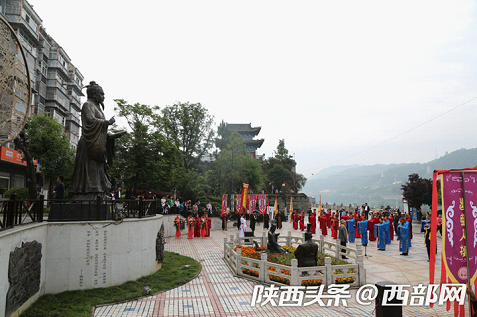
The Guiguzi Square
Shiquan County is considered an historic place where Guiguzi used to give lectures to his students and developed his thoughts. The bronze statue of him standing in the square overlooks the Hanjiang River, with a thin face showing a demeanor like an immortal. His index finger of his right hand is put out to enlighten the people, while a long scroll held in his left hand to show that he is teaching. Under the statue is his famous work engraved on stones, the 13 Writings of Guiguzi. The two statures of Su Qin and Zhang Yi are playing chess in the middle of the square. Both of the two are Guiguzi’s favorite students.

The Springs on Stones
A clear and bright moon cast its light on the pine woods, while creeks flow above the stones, says a famous Chinese poem. There used to be many springs gushing out of countless rocks and flowing in Shiquan County. The name of the county, Shiquan, means the springs that flow on stone. As the stones in the springs all look red in color, it is also called the Redstone Town by the natives. With the Danxia landform, the county consists of many red-colored sandstones and conglomerates. The red stones survived the rain and wind for thousands of years, formed the unique landscape here. Besides, Shiquan County served as an important port in ancient times.


